31 photos of Amazon's incredible journey from the Dot-Com crash to world domination
Jeff Bezos, a huge Star Trek fan, had a love of technology from a young age. He would go on to major in computer science at Princeton before accepting a job with hedge fund D.E. Shaw, where he became a senior vice president after only four years.

In 1994, Bezos read an article about how this newfangled "Internet" thing had grown 2,300% in just one year. Deciding that he'd regret missing out on the Dot-Com Boom if he didn't do something, he realized that tackling the bookstore market — then ruled by chains like Barnes & Noble — was his best way into creating an online store. The idea would fully form during a drive from Texas to Seattle.
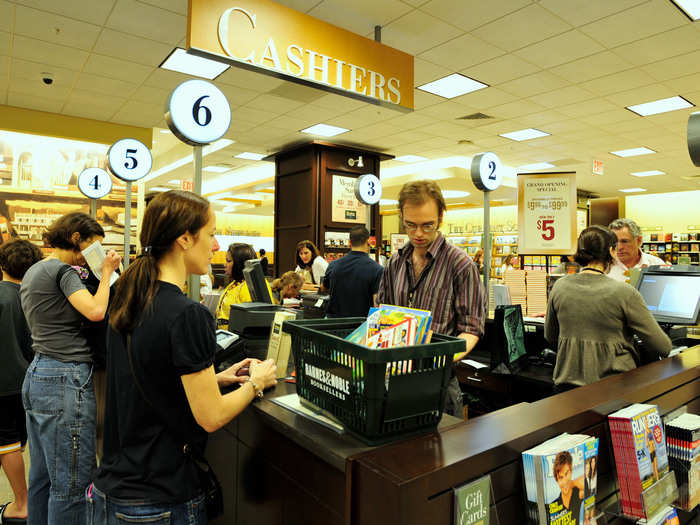
Bezos kicked around a lot of names for the new bookstore: MakeItSo.com, based on Captain Picard's catchphrase in 'Star Trek: The Next Generation," was one. Another was "Cadabra," to evoke a sense of magic. In fact, the company was first incorporated as Cadabra in 1994. But the name got changed when a lawyer heard it as "Cadaver."
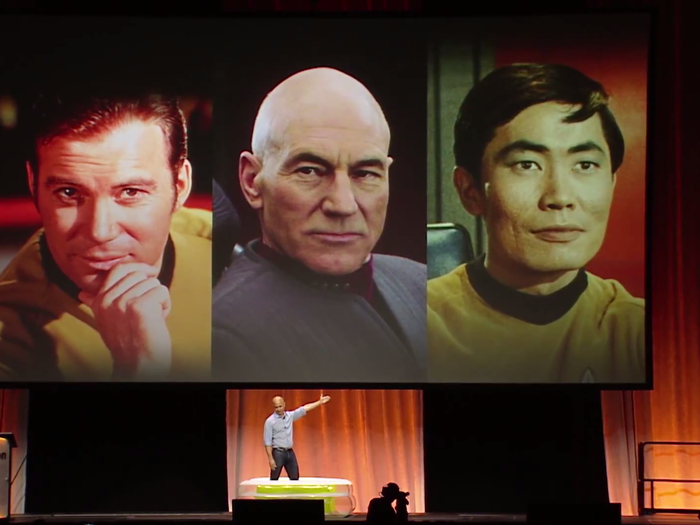
Even before the company had a final name, Bezos started hiring. Shel Kaphan was the company's first employee, and worked closely with Bezos during the company's early days.
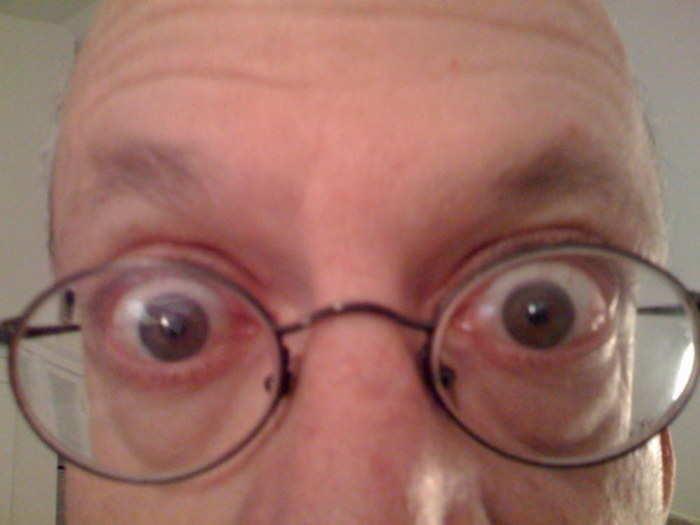
The name "Amazon" was eventually selected for a bunch of reasons: It shows up first in alphabetical order, it's one of the world's longest rivers, and it was "exotic and different," just like the young company wanted to be. So named, it got its start in Bezos' garage in Bellevue, Washington, right in Microsoft's backyard.
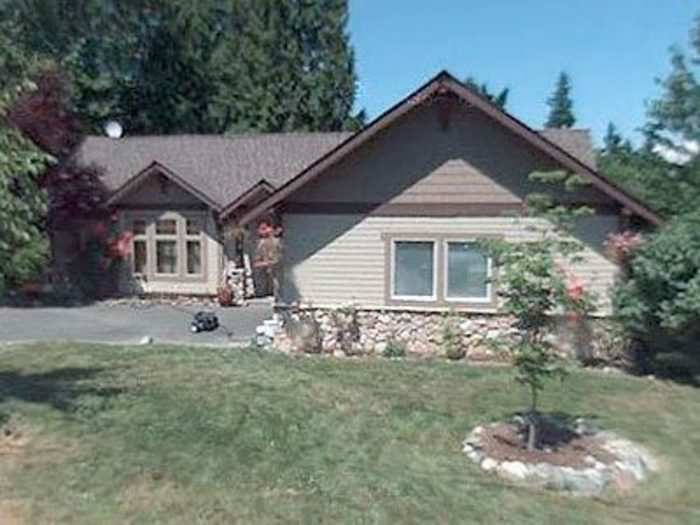
Amazon.com finally launched in 1995. Most brick-and-mortar bookstores and even catalogues often only had 200,000 titles, but Amazon.com could offer more — a lot more.

The first book ever sold on Amazon.com was Douglas Hofstadter's "Fluid Concepts and Creative Analogies: Computer Models of the Fundamental Mechanisms of Thought," sold while the company was still based in Bezos' garage. Within two months, Amazon was doing $20,000 of sales every week. You can also see Amazon's first logo on the invoice here.
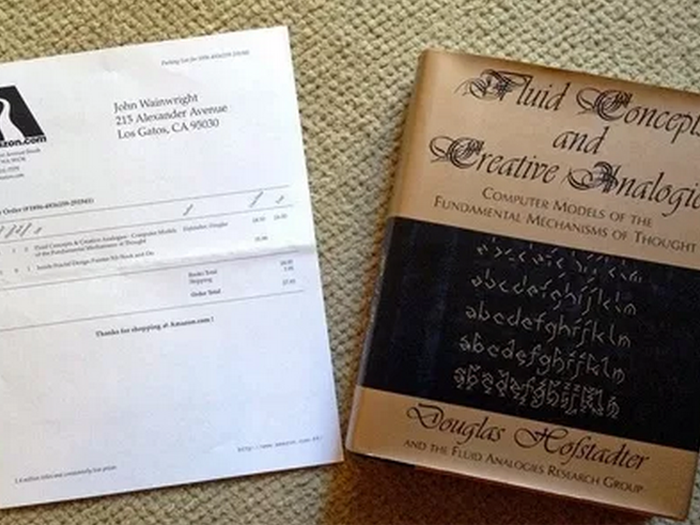
Not long after, Amazon finally moved into its first, extremely modest, Seattle headquarters.
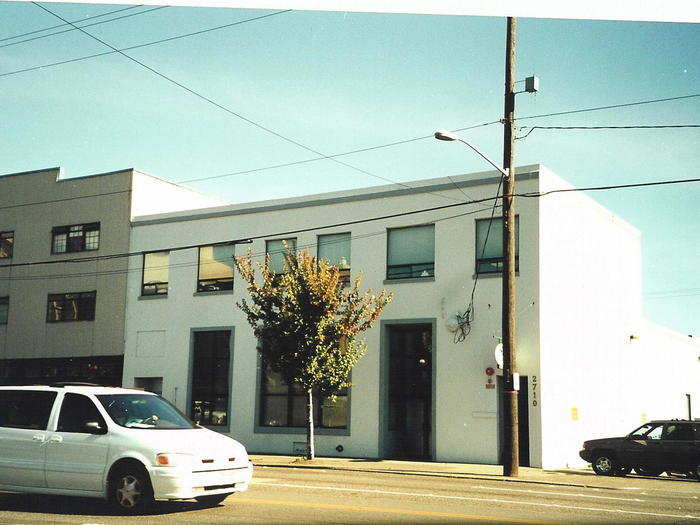
Amazon's fast growth led it to go public less than two years later, on May 15th, 1997. Shares were initially priced as $18. If you had invested $1,000 in Amazon right after this IPO, you would have upwards of $236,000 today.
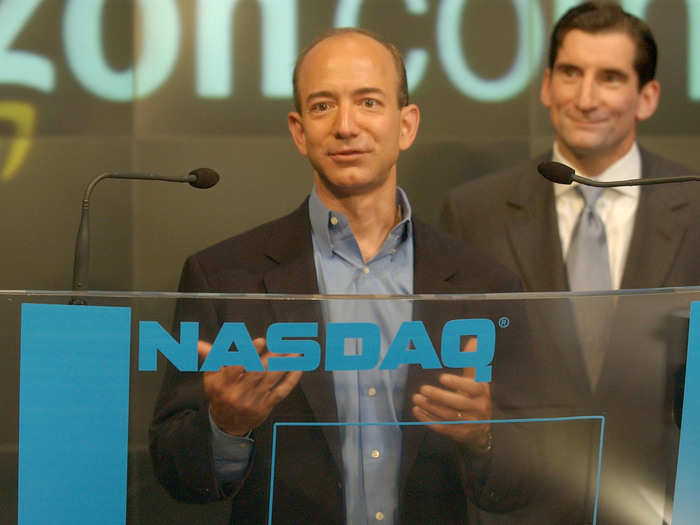
But after Amazon went public, the world got its first look at Bezos' business plan for the company. At the time, shareholders were really nervous about Bezos' plan to defer profitability for as many as five years while the company built up its infrastructure. In November of 1997, Amazon opened the first of its legendary warehouse fulfillment centers, in Delaware.
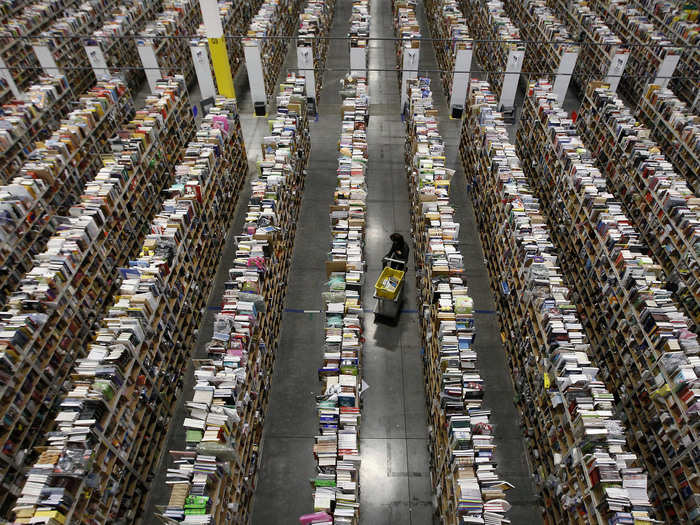
But Amazon's growth was unstoppable. In 1997, Jeff Bezos hand-delivered Amazon's one millionth order to a customer in Japan. He had purchased a biography of Princess Diana and a Microsoft Windows NT manual.
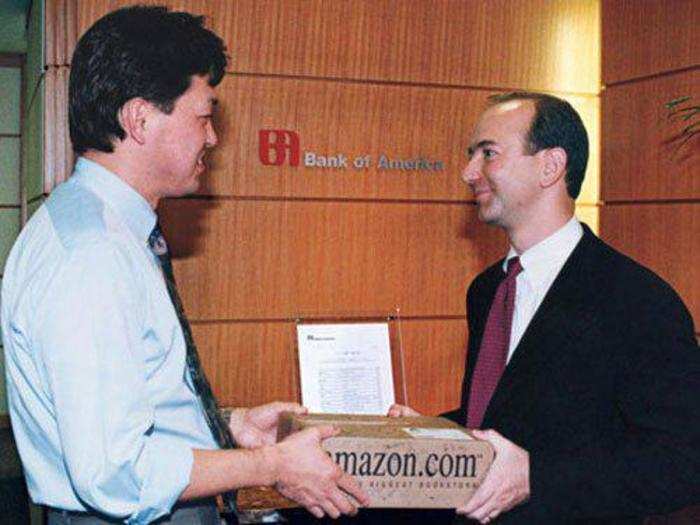
In 1998, Amazon moved into a much bigger headquarters: Seattle's Pacific Medical Center building, now known as Pacific Tower, in addition to a few extra buildings beside it. The original sublease agreement for this space was $1.5 million a year through 2010.

In 1999, Time named Jeff Bezos "Man of the Year" for bringing online shopping to the masses. Just a year later, Amazon's competitors in online shopping started to go bust when the dot-com bubble burst.
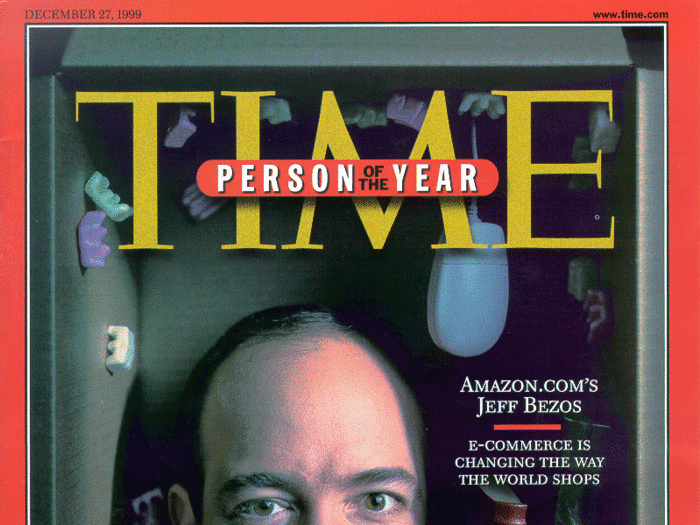
By 2000, Amazon's transition from "bookstore" to "everything store" was well underway, with the online retailer selling music, movies, video games, home improvement supplies, and a little of everything else. To better reflect this shift, Amazon switched to the "Smile" logo that it still uses today. Note how it goes from A to Z.
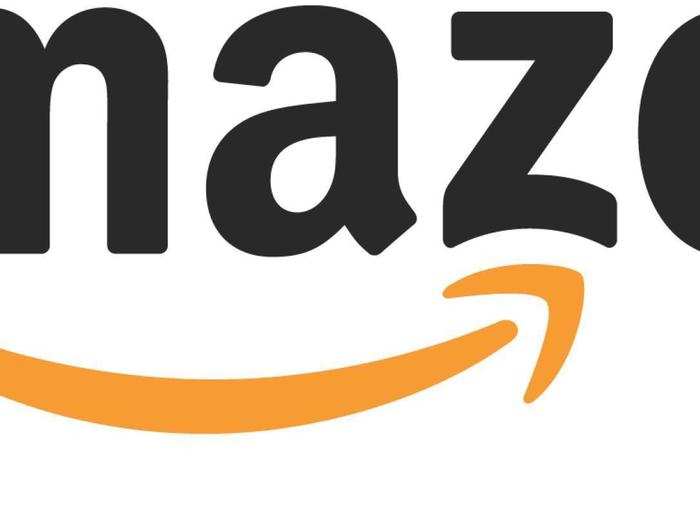
Amazon bolstered its product selection even more in 2000 with the introduction of Amazon Marketplace, which let people (and small businesses) sell their used books directly to customers.
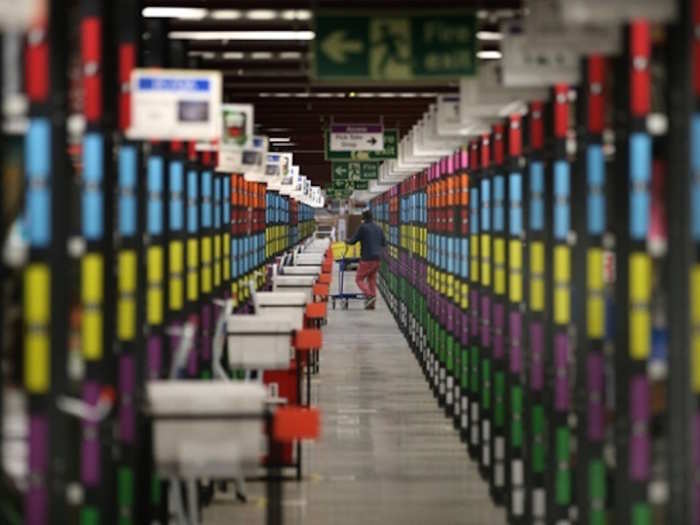
Amazon's growth was helped by some seriously savvy moves from Bezos and company. From 2001 to 2011, Amazon ran department store Target's website, basically handing over their online retail business for years. And until June 2006, going to ToysRUs.com just brought you to Amazon's toy store section. Even today, it runs Sears Canada's website.
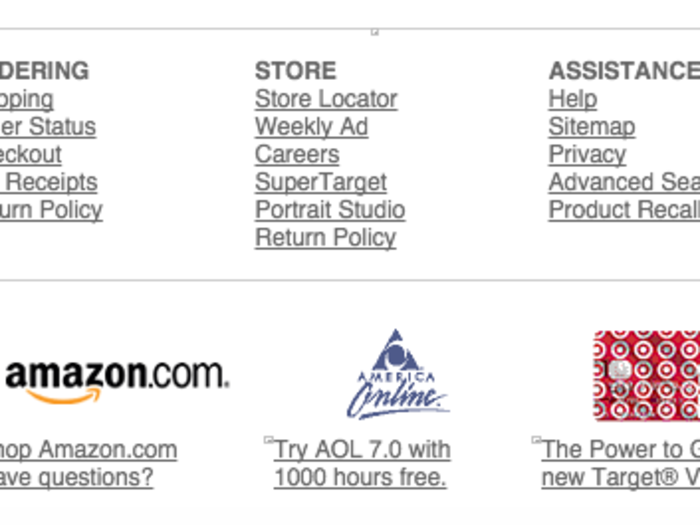
Of course, there were some lemons, too. Bezos was personally very excited when Amazon became the leading online retailer of Segway personal transports, but they didn't exactly change the world.
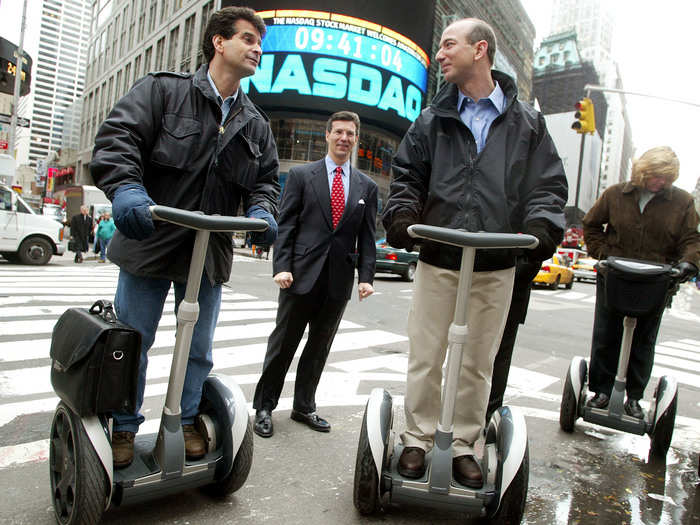
On the other hand, some ideas worked out really well. In 2001, the first version of Amazon Web Services was introduced, essentially letting software developers rent out servers from Amazon's massive, nondescript data centers to run their apps at high volumes. These days, Amazon Web Services is a $7 billion business.
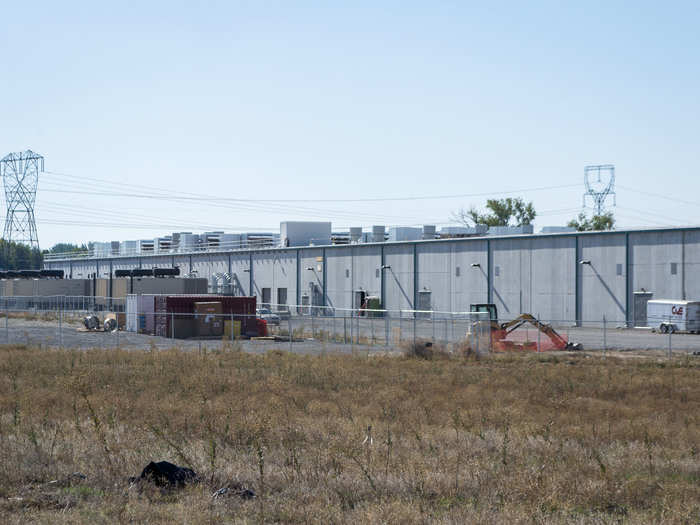
In 2004, Amazon introduced Amazon Prime, its "All-You-Can-Eat" shipping plan where you pay a flat fee and get access to unlimited 2-day shipping for a year. When it first launched, it was $79 per year, but in 2014 it went up to $99 per year for the first time ever — but now, it includes streaming movies, music, and other perks.
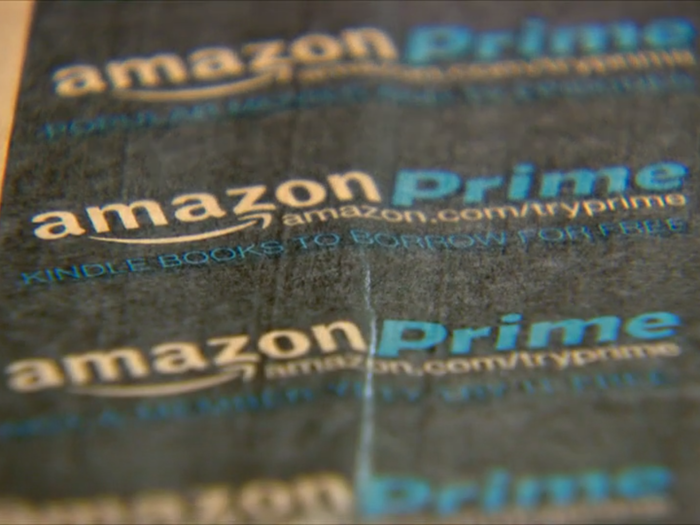
In 2006, Amazon's online video service Unbox launched, complete with a Tivo partnership. Unbox would evolve into Amazon Instant Video. And Amazon invested heavily in Instant Video with the 2010 launch of Amazon Studios, an original TV production studio. In 2015, "Transparent," an Amazon Studios show starring Jeffrey Tambor as a transgender woman, would become the first program from an online video service to win a Golden Globe for best series.
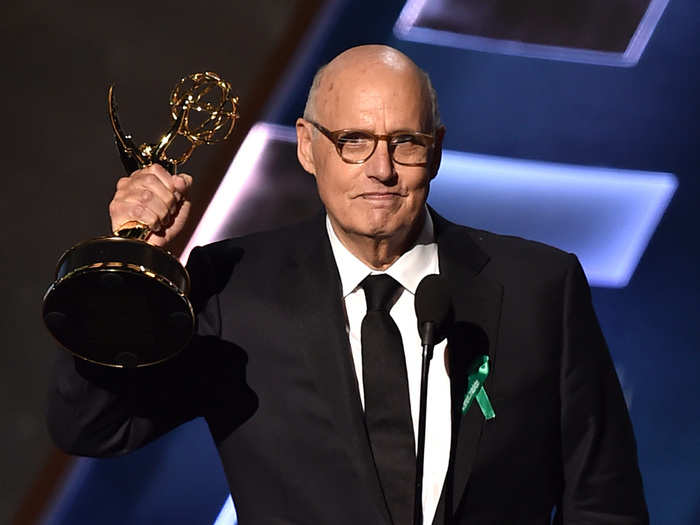
Over the years, the "Harry Potter" books kept setting — and then breaking — Amazon's ordering records, as people turned to the online shop to make sure their copies arrived right on release day. In 2007, the final book, "Harry Potter and the Deathly Hallows," became the all-time Amazon bestseller.
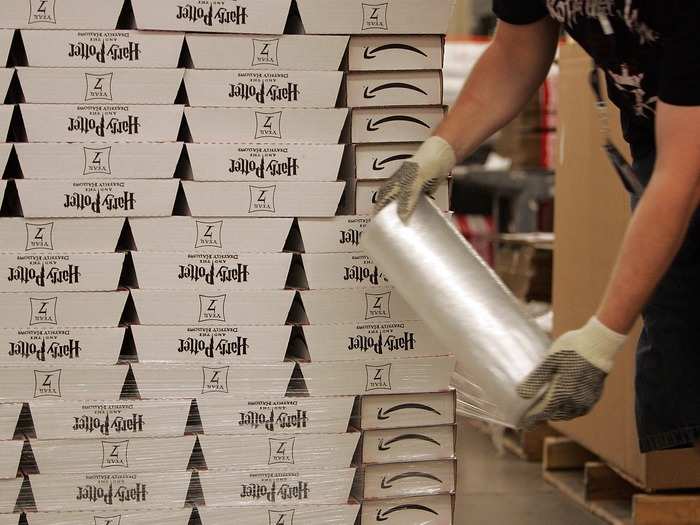
In 2007, Amazon introduced the Kindle electronic book reader. It wasn't the first eBook reader by any means, but it was the first to become popular in the mainstream — Amazon's relationships with book publishers, plus built-in free cellular Internet service in the first versions of the device, meant that people could get books anywhere. When the Kindle 2 came out in 2009, it became solidified as a key part of Amazon's strategy.
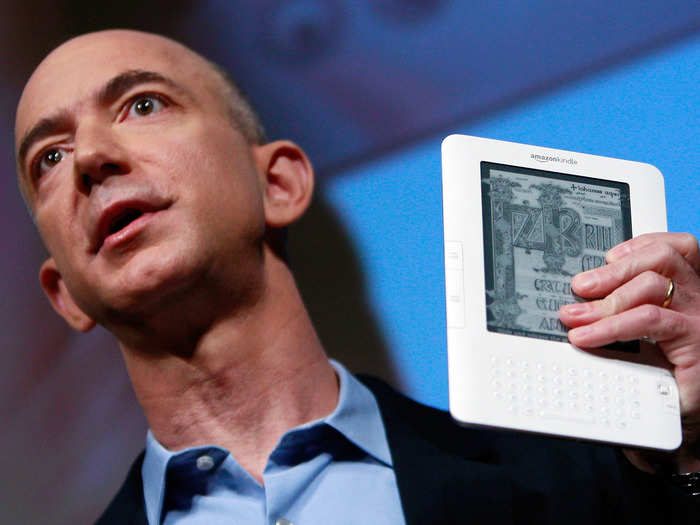
In fact, 2007 saw Amazon build out a bunch of other new businesses. That same year, Amazon got into new businesses like MP3 music downloads, and launched the AmazonFresh grocery service in Seattle.
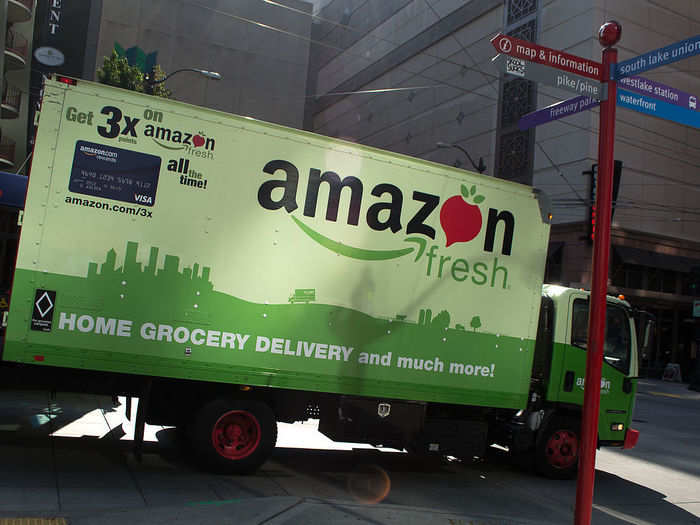
In 2010, the growing Amazon started to move out from its Pacific Tower headquarters and into an urban campus that basically feels like a city neighborhood, not an office. This plaque with a quote from Jeff Bezos was placed at the main building to remind employees that Amazon is just getting started.
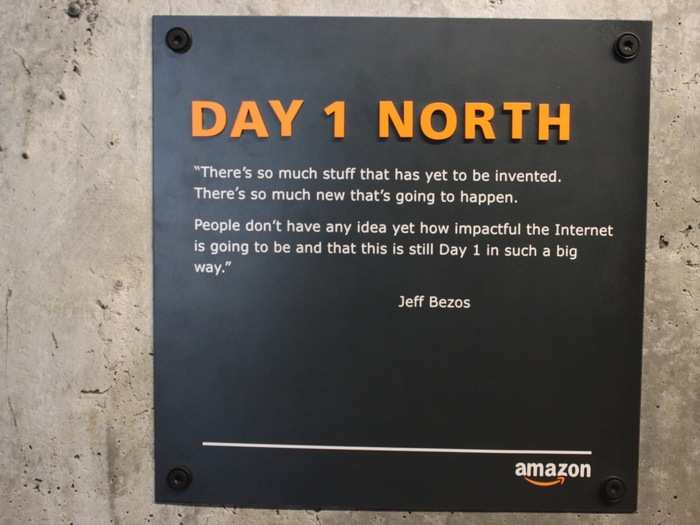
In 2011, Amazon really doubled down on its hardware business with the launch of the Kindle Fire, which ran a custom version of Android called FireOS. At $199, it was the cheapest tablet around, turning it into a smash hit.
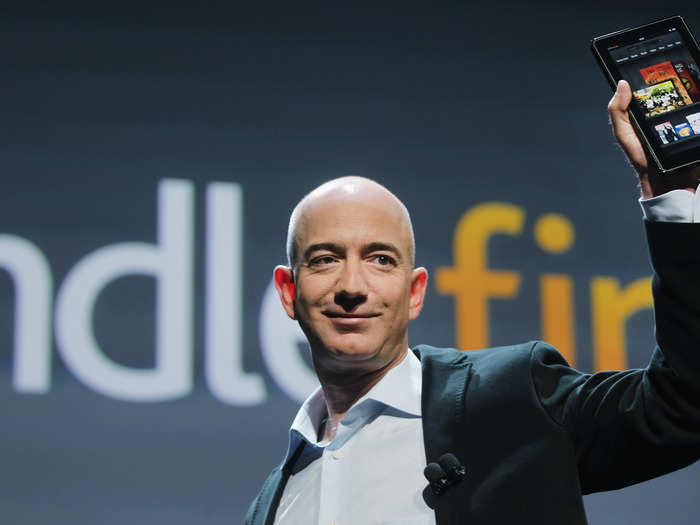
Over this period, Amazon just kept growing — so its approximately 50 warehouses nationwide had to get smarter to meet the demand. Workers have strict quotas to meet, and sometimes have to grab 120 items off the shelf in an hour.
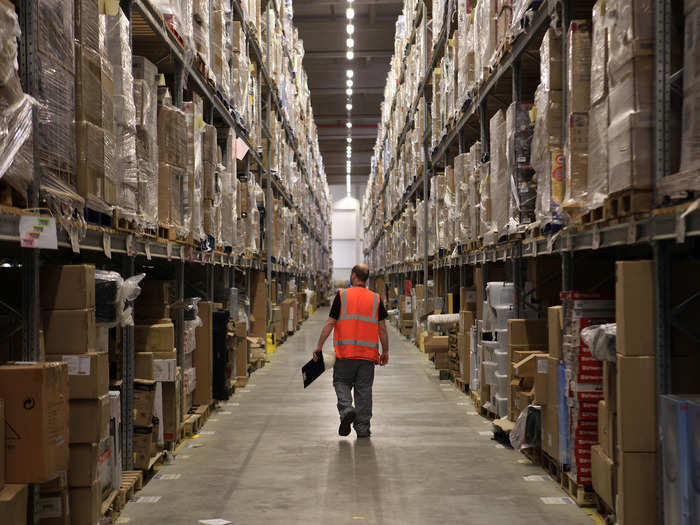
In 2012, Amazon bought a startup called Kiva Systems and used its technology to build robots to help manage the tremendous demand.
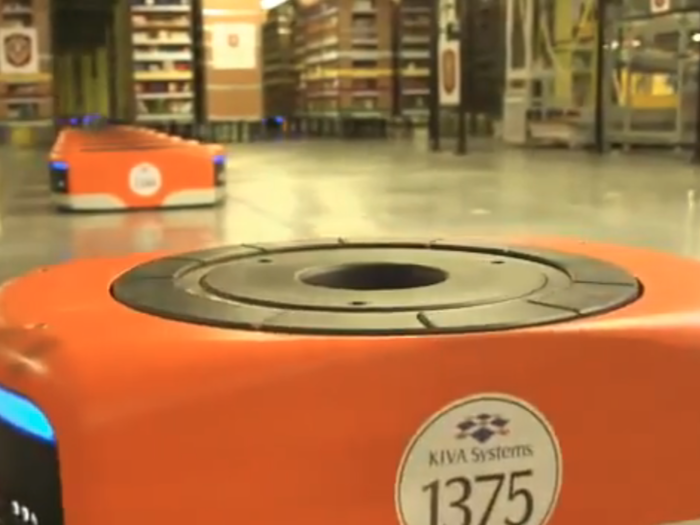
In 2013, President Barack Obama chose to give an economic policy speech at one of Amazon's warehouse fulfillment centers, praising the company for providing jobs to middle-class workers.
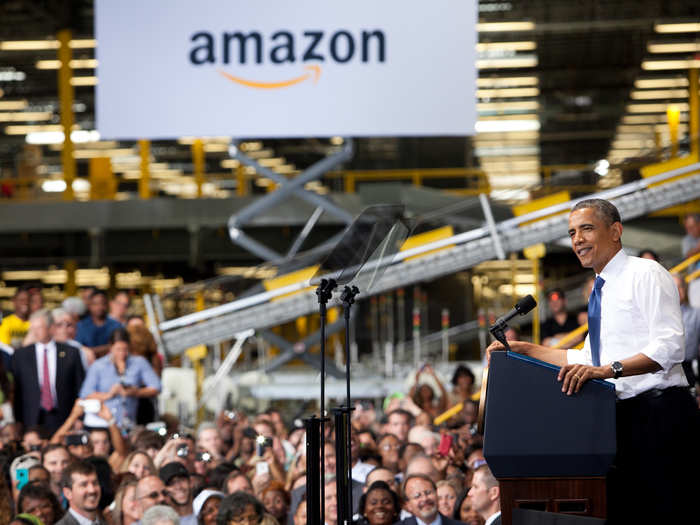
But Amazon has also come under scrutiny for its business practices, both in the warehouse and in the office. In 2013 and 2014, Amazon warehouse union workers in Germany had a series of strikes to protest what they said were low wages. In 2015, a New York Times report highlighted criticism from current and former Amazon employees regarding the company's intense workplace culture.
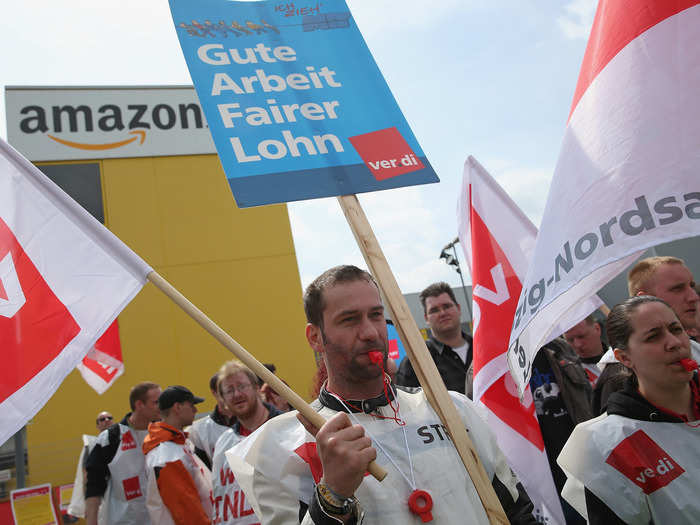
Amazon has also had some flops. In 2014, Amazon introduced the Fire Phone, its first-ever smartphone, trying to extend the popularity of the Kindle Fire tablets into a new market. But it was a famous flop, with Amazon soon clearing them out for a penny a pop.
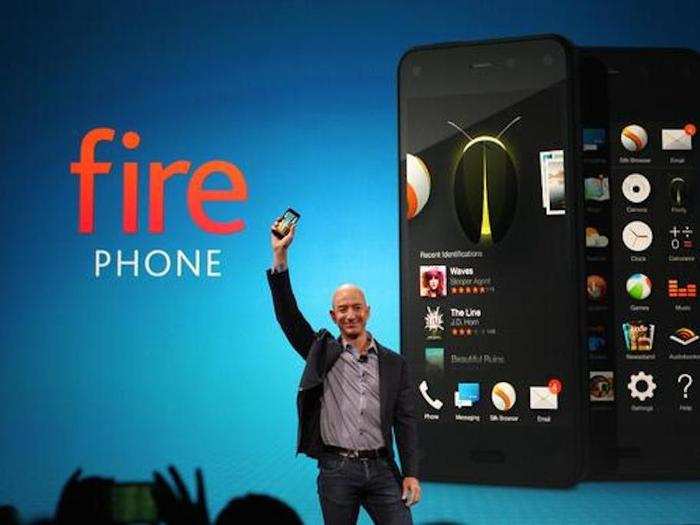
Still, Amazon is marching on. Recently, Amazon overtook Walmart to become the most valuable retailer in the world. And the rest, as they say, is history.

Popular Right Now
Advertisement